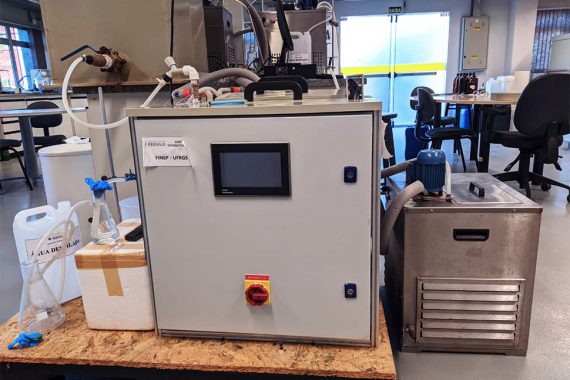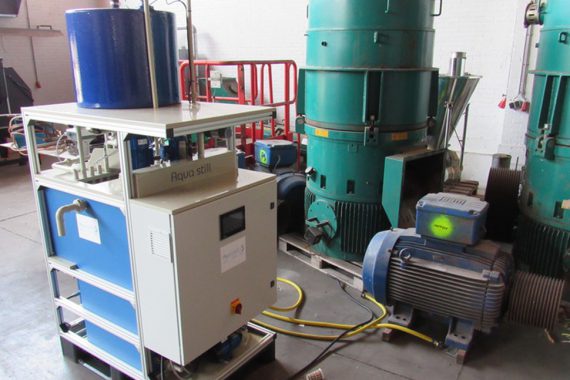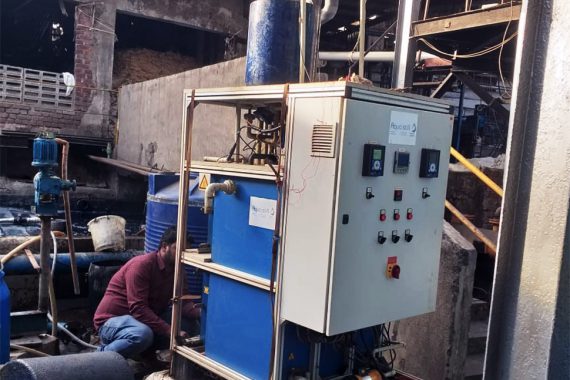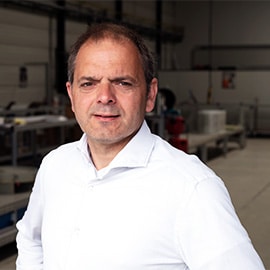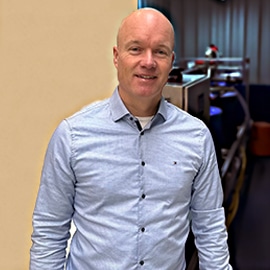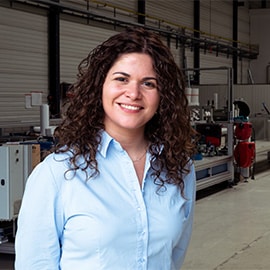A clean solution for many global issues.
Aquastill was designed for anyone who needs pure clean water in a remote area. For everyone who needs to reduce highly saline water as a part of Zero Liquid Discharge (ZLD). For everyone who needs a clean technology to meet new environmental regulations. For everyone who has available a source of waste or solar heat.
Aquastill was designed for everyone who is fed up with scarcity of safe water. For everyone who wants to tackle an urgent global issue. For everyone who wants to turn sustainable heat into clean water. Simply by copying nature. Sustainable heat desalinates water. With Aquastill.
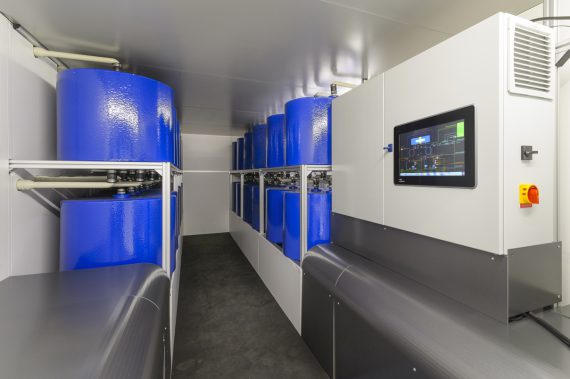
Designed for Plug & Play.
Containerized desalination units are on the rise. Due to its modular and compact system design, Aquastill technology can be easily transported wherever water is needed. Where mobility and flexibility meet, membrane distillation is the answer.
The advantages of the modular and compact PURA system become clear when installation and start up is executed. The PURA system can be placed quickly with limited resources due to the compact building blocks and centralized PLC and position of electronic components. The modular design also gives the possibility of shorter lead times and exchanging the building blocks. Flexibility is found in easy changes in the smart layout which also can help with redundancy challenges. Setting up and running MD systems comes very close to Plug & Play experience where salinity problems have to be solved.
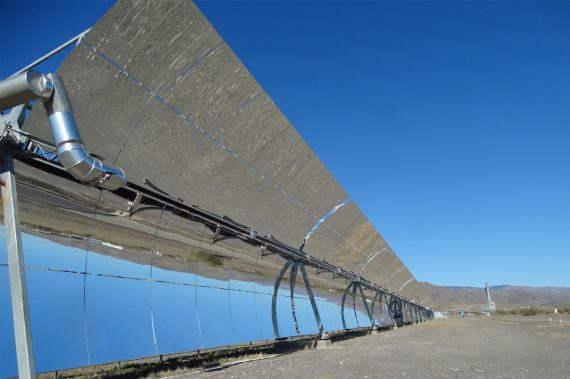
Between sun and oceans.
In areas where waste heat or a connection to the power grid is not available, we have to rely on the most powerful sustainable heat source: the sun. Solar heat combined with membrane distillation can provide electricity, water for drinking and irrigation. Drastically reducing environmental footprint and operating costs.
Best available desalination technology.
Economic growth is threatening the availability of clean water in many regions in the world. Desalination of seawater and brackish water is often used for both water consumption, agriculture and industrial purposes. This offers tremendous opportunities, since seawater and brackish water are a plentiful and easily accessible resource, while conventional desalination techniques consume considerable amounts of electricity. In today’s desalination fields, reverse osmosis is the technology of choice.
However, there are many add-on applications where Aquastill technology can improve the fields not covered by reverse osmosis. For instance, where the salinity of the source is high (5-12%), where the salinity may fluctuate, or where extremely high purification (50 mg/L) is required. On a medium scale (<1000 m3/day), but on a smaller scale (10 m3/day) as well. In contrast to other thermal technologies, membrane distillation can be highly electrical energy efficient on a small scale (75% less compared to SWRO), making it a very interesting solution when large scale implementation is not desirable nor possible.
Benefits of sustainable desalination.
Aquastill membrane distillation is a thermal process, consuming low-grade waste or solar heat to desalinate water. Heat source temperatures in the range of 65°C-85°C can be used to power the process. In the process, water is separated from a saline water source by means of evaporation through a hydrophobic membrane. The evaporation takes place in our patented Aquastill PLICA modules. All our modules are built with three types of channels: the membrane channel, the condenser channel and the distillate channel. To achieve evaporation, a temperature difference is applied between the membrane and condenser channel.
This temperature difference acts as the driving force for the process. A large temperature difference will result in a higher driving force and higher productivity at the cost of more thermal consumption and vice versa. To maintain a temperature difference, both a source of heat and a source of cooling are required. Salinities up to just below maximum solubility of salts may be processed. Performance is dependent upon operational parameters and declines with increasing salinity. As membrane distillation is a thermal process, the electrical energy consumption is limited to the circulation of water. Thus, compared to SWRO (60 bar) significantly lower pressures (<0,5 bar) are required.

Who profits from
membrane distillation?
Anyone who needs clean water and has access to sea water or brackish water, can benefit from our technology. Also if you need to dispose saline waste water and want a Zero Liquid Discharge (ZLD) solution, membrane distillation can be of help.
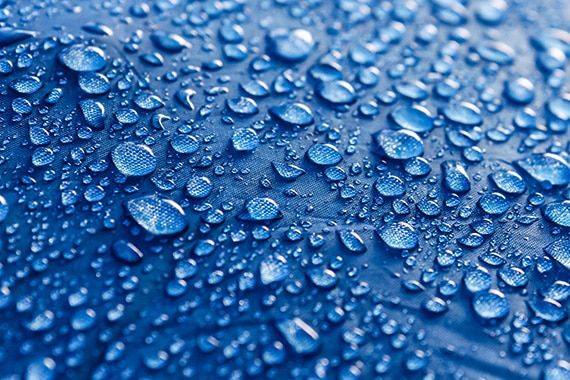
What is
membrane distillation?
At Aquastill we have industrialized a natural process. Our technology uses membrane distillation to extract pure water from a saline stream by evaporation through a hydrophobic membrane. Rejecting 99,97% contaminant in a single step.
Knowledge
Contact



